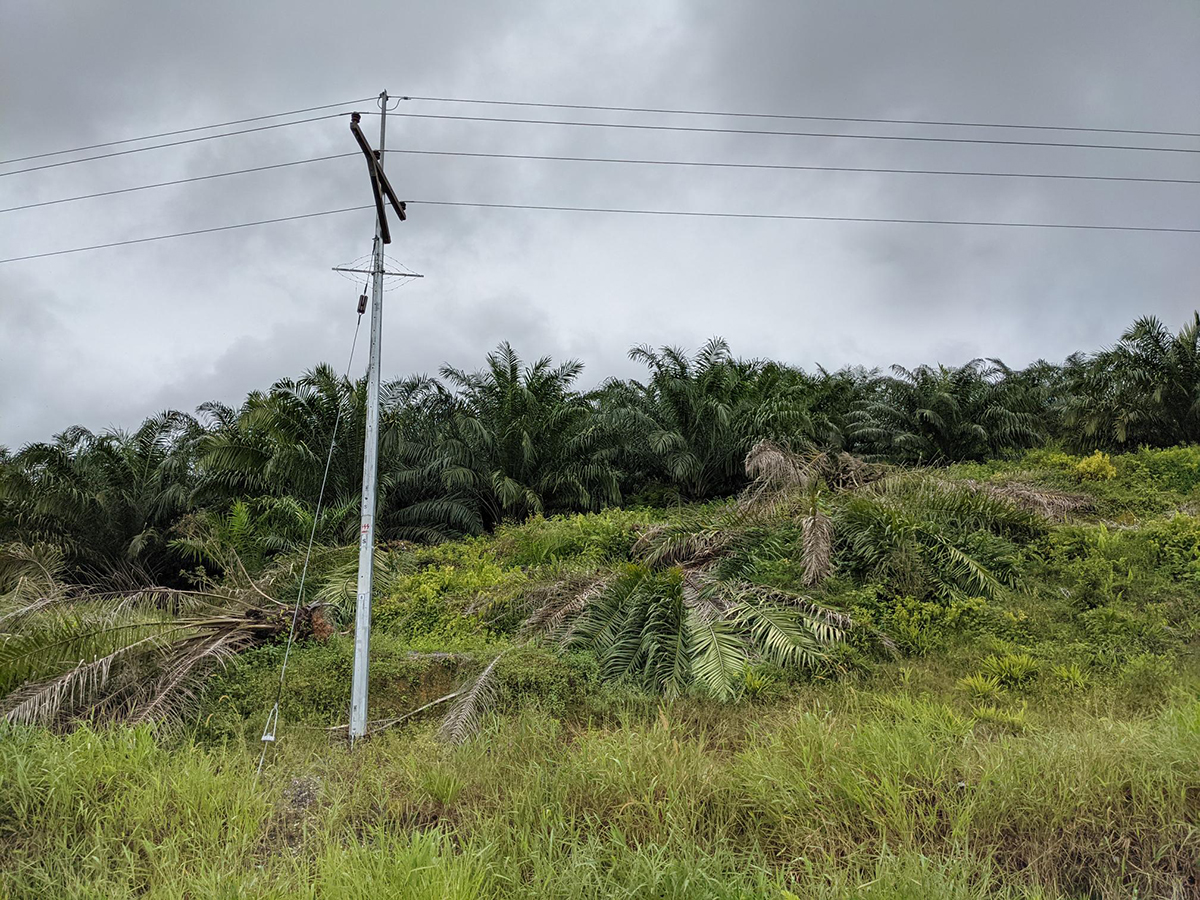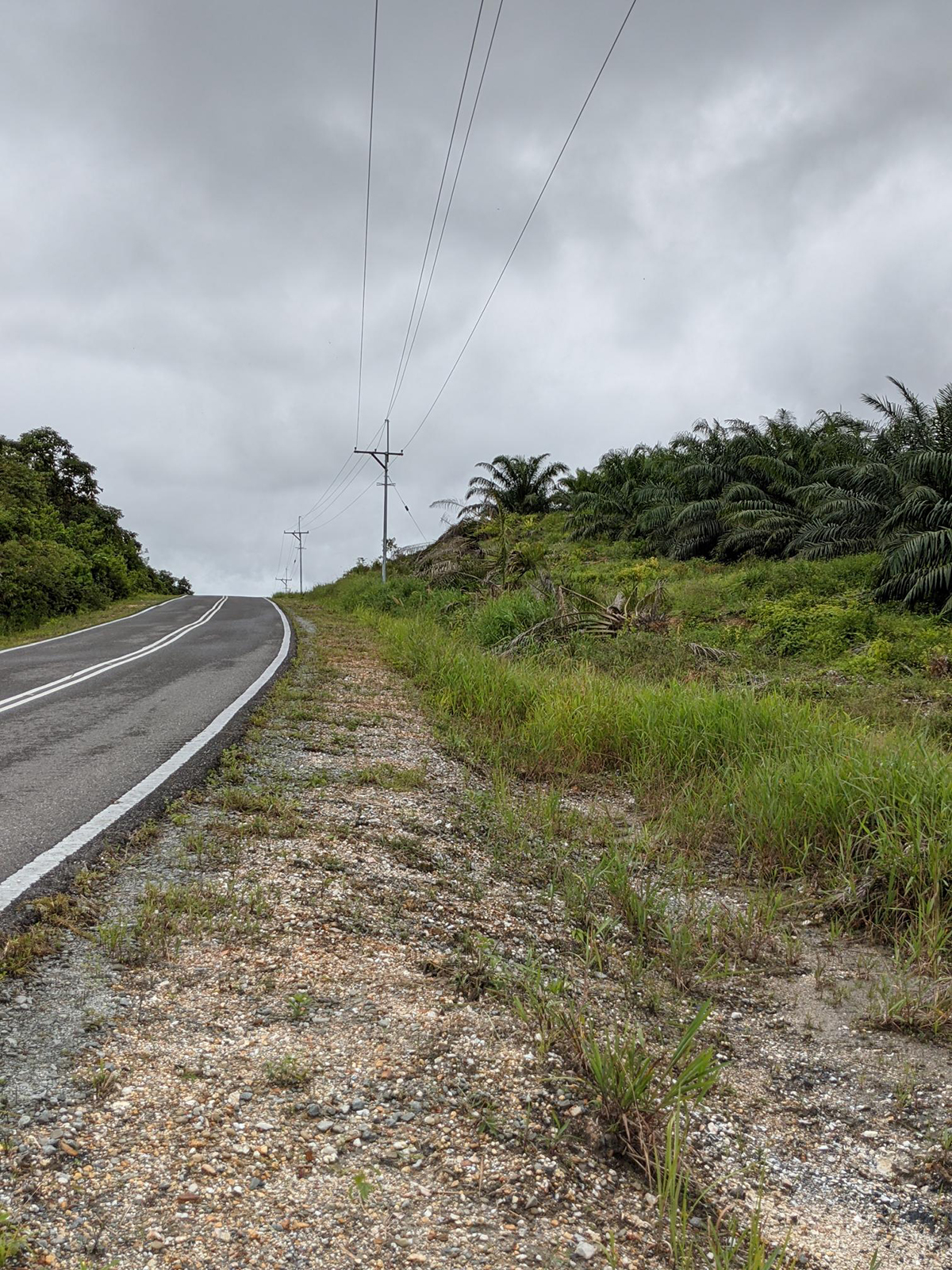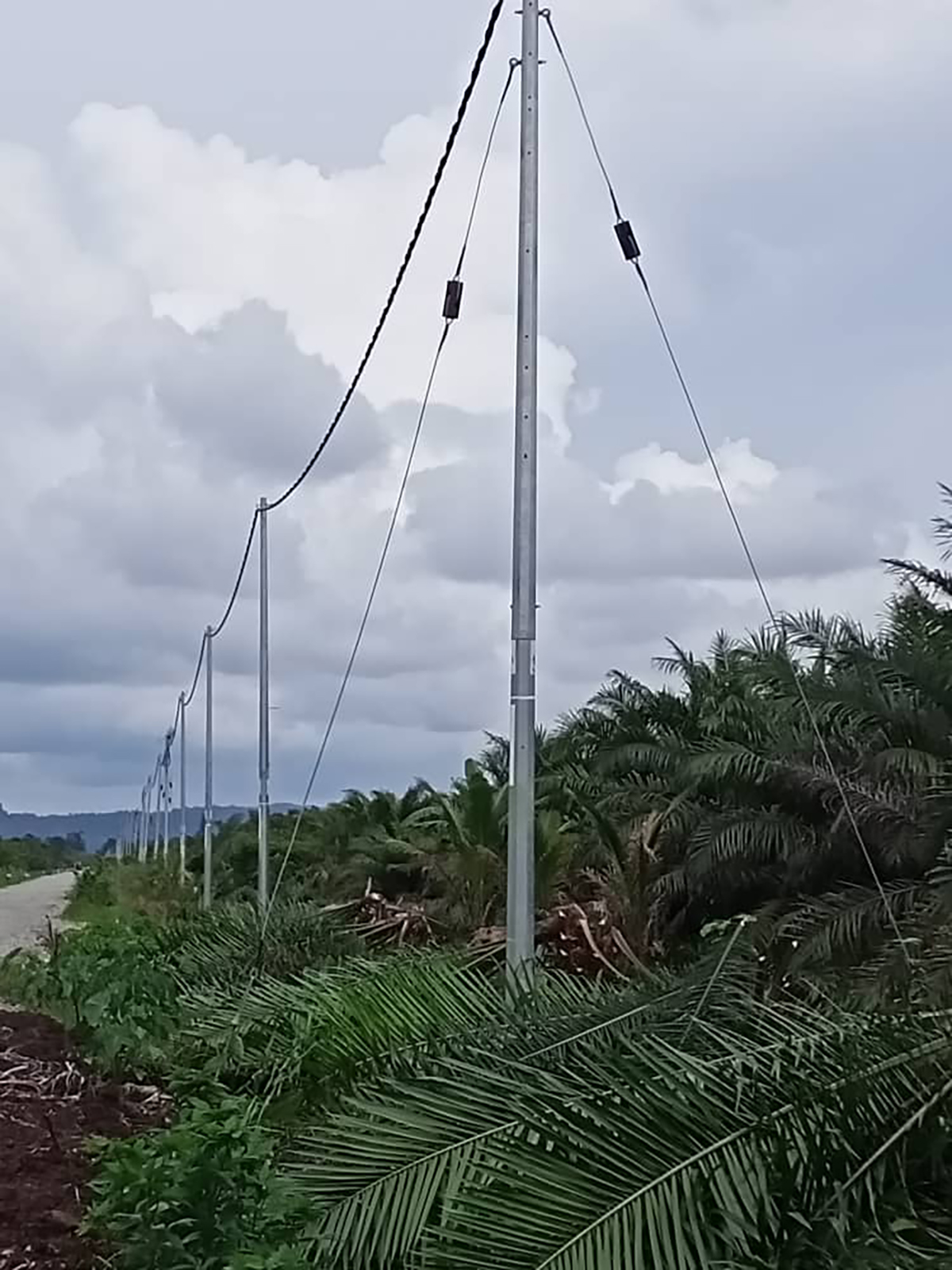

NEWS & UPDATES
Plantation and Timber Companies Urged to Work Together to Fully Electrify Sarawak
Cooperation Essential to Meet Full Electrification Target by 2025
KUCHING
9 JUNE 2021
The Sarawak Government, through the Ministry of Utilities Sarawak and its implementing agency Sarawak Energy, targets to fully electrify Sarawak by 2025. Sarawak’s current domestic coverage is at 98% with full electrification in urban areas. However, 5% of rural areas have yet to be electrified and the Sarawak Government has launched several initiatives to accelerate electrification for distant rural communities.
The successful implementation of these initiatives requires collaboration and cooperation between all stakeholders, which include plantation owners and timber companies. The Minister for Utilities Sarawak urged all stakeholders to work together, calling on plantation owners, timber companies and villagers to work together with the Ministry and Sarawak Energy on solutions to benefit all Sarawakians, especially in land access matters so Sarawak can achieve its full electrification target for rural areas by 2025 or even earlier.
“The journey to electrifying 95% of rural Sarawak has not been an easy one, but the Ministry and Sarawak Energy are confident to achieve the target of full rural coverage by 2025 or earlier, with the cooperation of all stakeholders. This includes working closely with the Resident and District Offices, elected representatives, plantation and timber companies as well as the villagers,” said Minister for Utilities Sarawak, Dato Sri Dr Stephen Rundi Anak Utom.
Under the Sarawak Government’s Projek Rakyat Accelerated Rural Electrification Masterplan, Sarawak has been able to achieve 95% rural electricity coverage in 2020 from just 56% in 2009, despite Sarawak’s dense rainforests, rugged terrain and remote rural settlements.
Plantation companies and villagers play a significant role in the rural electrification efforts, with electricity grid and supply lines crossing their land as these are extended to the outer limits of Sarawak’s countryside. The cooperation from these stakeholders is crucial to enable access into lands where the network of supply lines will cross. Strategic locations have been identified taking into consideration the shortest possible distance and accessibility.
“As advised by Sarawak Energy, we have received greater cooperation from some of these plantation companies, thereby expediting our project timeline and enabling both the companies and villagers to soon enjoy the benefits of grid electricity. We appreciate their understanding that this is for the general good of all and I truly hope that all companies will extend this same level of cooperation not only during electrification works, but also subsequently accessibility for operations and maintenance of electrical distribution systems,” said Dr Rundi.
Sarawak Energy’s efforts to ensure timely delivery of projects as well as subsequent essential operations and maintenance of the completed work are occasionally disrupted by private companies seeking road maintenance charges for entry.
He continued, “A collaborative effort is crucial to ensure the smooth, safe and timely implementation of these electrification projects, especially now with the COVID-19 pandemic causing movement restrictions and challenges in logistics.”
The challenges of rural electrification are mainly due to the struggles of reaching remote areas with limited or no proper accessibility, and requiring the rural electrification team taking boats or hiking through the jungle to reach communities such as Penan settlements.
“In order for us to extend the State Grid into the rural areas, we need to construct electrical distribution poles, supply lines, or even substations at strategic rural locations,” said Sarawak Energy’s Vice President for Rural Electrification, Dr Chen Shiun.
These grid solutions are known as the Rural Electrification Scheme (RES) and the Rural Power Supply Scheme (RPSS).
“Prior to implementing these rural electrification projects, our team will meet and brief the plantation owners on the project location, background and plan for grid connectivity,” Dr Chen continued.
Grid connection eliminates the need to depend on expensive and noisy diesel generator sets with limited running hours. Plantation companies which are connected to the grid system are able to power their offices and workers’ quarters with 24/7 reliable and affordable electricity supply. Equipment and machineries can now be brought in to help boost production yields and plantation development, opening up opportunities for business expansion.
With access to reliable grid power supply, Sarawak’s rural communities will enjoy greater convenience and opportunities for a better standard of living.
“For others where this is simply impossible given the remoteness of location, we will light up these communities through the Sarawak Alternative Rural Electrification Scheme or SARES,” Dr Chen explained.
For households too distant to be grid-connected, SARES lights up remote households using standalone renewable alternative systems such as solar power. Each household is provided with 3,000Wh of free electricity a day, enough to power up a typical rural household’s basic needs such as fans, television, lighting, small refrigerator and rice cooker.




Overhead lines installed along Sarawak Land Consolidation and Rehabilitation Authority (SALCRA) plantation sites to grid-connect Rumah Luang, Empaong in Roban.


Overhead lines installation works along TH Plantations completed for Kpg. Sg. Jong in Simunjan.